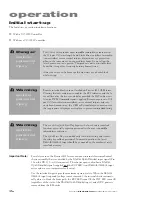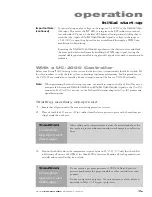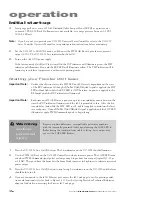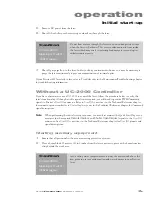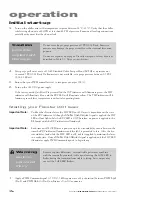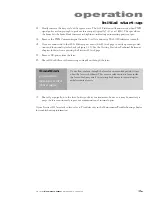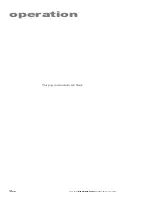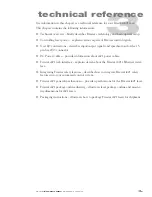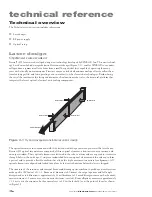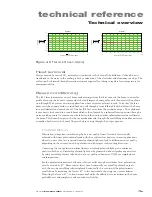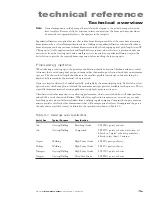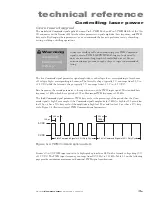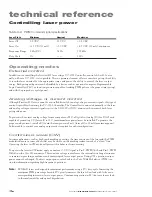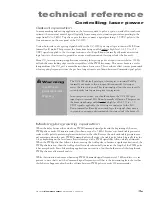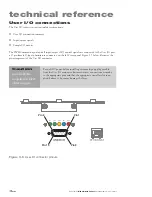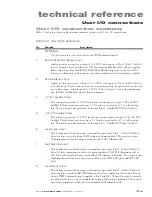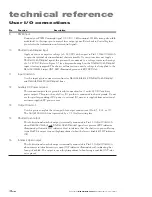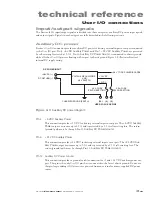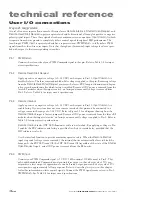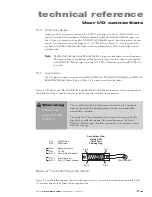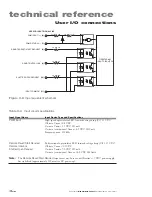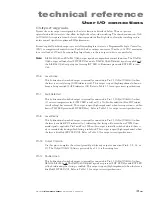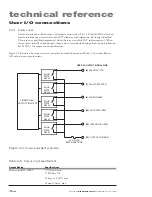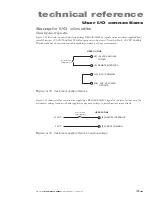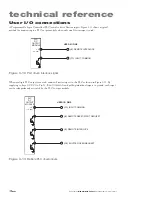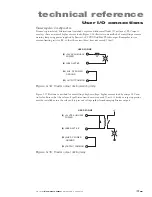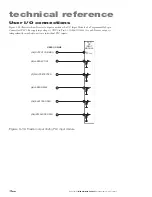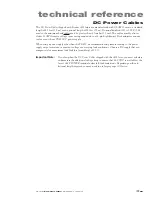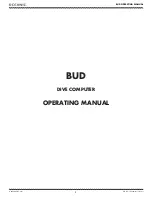
technical reference
3
8
Synrad
Firestar i401
operator’s manual
Controlling laser power
Table 3-2
PWM Command signal specifications
Laser State
Minimum
Nominal
Maximum
Laser Off
0.0 VDC
0.0 VDC
+0.8 VDC
Laser On
+3.5 VDC (3 mA)
+5.0 VDC
+6.7 VDC (10 mA), continuous
Frequency Range
0 Hz (DC)
5 kHz
100 kHz
Duty Cycle
0%
— —
100%
Operating modes
External control
In addition to controlling the Firestar i401 laser using a UC-2000 Controller, control of the i401 exter-
nally, without a UC-2000, is also possible. The two primary elements of laser control are gating, the ability
to turn the laser on and off at the appropriate times, and power, the ability to control the laser’s output
energy. Both gating and power can be handled by a device such as a personal computer, Programmable
Logic Controller (PLC), or function generator capable of sending PWM pulses at the proper time (gating)
and with the proper duty cycle (power).
Analog voltage or current control
Although Firestar i401 lasers cannot be controlled directly by analog voltage or current signals, this type of
control is possible when using the UC-2000 Controller. The Controller is connected normally to the laser
and analog voltage or current signals sent to the UC-2000’s
ANV/C
connector then control both laser
gating and power.
To generate the correct analog voltage from a computer or PLC, a Digital-to-Analog (D/A or DAC) card
capable of generating 0 V (laser off) to 10 V (maximum laser power) must be installed. To generate the
proper analog current, install a D/A card that can generate 4 mA (laser off) to 20 mA (maximum power).
Software able to control your analog output card is required for either configuration.
Continuous wave (CW)
In some applications, such as high speed marking or cutting, the time constant of the laser and the PWM
modulation causes a series of dots that may be visible on the marking surface instead of a “clean” line.
Operating the laser in CW mode will prevent this behavior from occurring.
To operate the laser in CW mode, apply a co5 VDC signal to Pin 9,
PWM Input
, and Pin 1,
PWM
Return
, on the
User I/O
connector. This constant voltage source forces the internal switching electronics
to remain on, providing continuous and uninterrupted laser output power. During CW operation, output
power cannot be changed. To adjust output power, refer back to the
Pulse Width Modulation (PWM)
sec-
tion for information regarding high frequency operation.
Note:
SYNRAD lasers are designed for maximum performance using a 95% duty cycle. Increasing the
maximum PWM percentage beyond 95% greatly increases the laser’s heat load with little or no
corresponding increase in laser output power. Continuous operation at 99% duty cycle may lead
to thermal instability and optical degradation.

